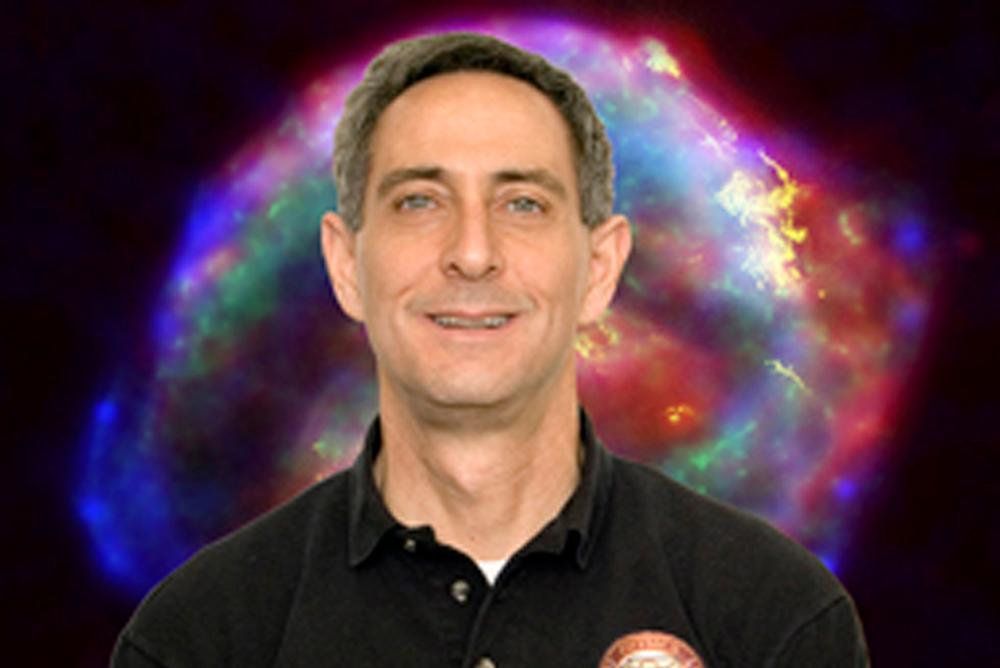W&M Homepage
[PAST EVENT] Physics Colloquium - Dr. Jorge Piekarewicz
Access & Features
- Open to the public

Dr. Jorge Piekarewicz, Florida State University, Title of Talk: “Nuclear Astrophysics in the New Era of Multimessenger Astronomy”
Abstract: One of the overarching questions animating nuclear physics today is "How does subatomic matter organize itself". Neutron stars are cosmic laboratories uniquely poised to answer this fundamental question. The historical first detection of a binary neutron star merger by the LIGO-Virgo collaboration is providing fundamental new insights into the astrophysical site for the r- process and on the nature of neutron-rich matter. In turn, the study of nuclei at new exotic-beam facilities throughout the world will help elucidate the underlying dynamics of the r-process and the structure, dynamics, and composition of neutron stars. In this presentation I will discuss how this synergy — in combination with nuclear physics insights, modern theoretical approaches, and powerful statistical ideas — can pave the way to understanding these fascinating objects.
About the Speaker: Prof. Piekarewicz received his Ph.D. in theoretical nuclear physics from the University of Pennsylvania in 1985, and carried out postdoctoral research at the California Institute of Technology and Indiana University. In 1990 he joined FSU where he has been ever since.
Jorge's main research interests focus on the behavior of nuclear matter under extreme conditions of density, such as those found in the interior of neutron stars. One of the main goals of his research is to use physical observables that may be determined from terrestrial experiments to constrain the properties of neutron stars. Conversely, he aims to incorporate observations from new telescopes operating at a variety of wavelengths - and that have turned neutron stars from theoretical curiosities into powerful tools - to elucidate the structure of nuclear matter at the extremes.
